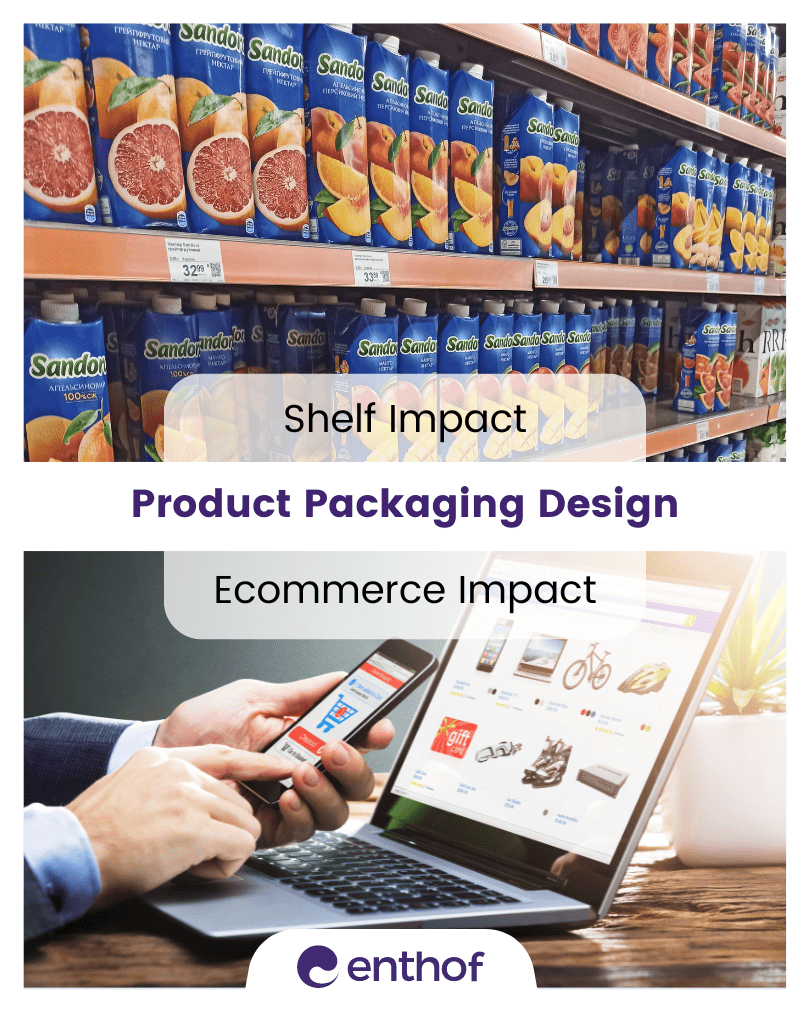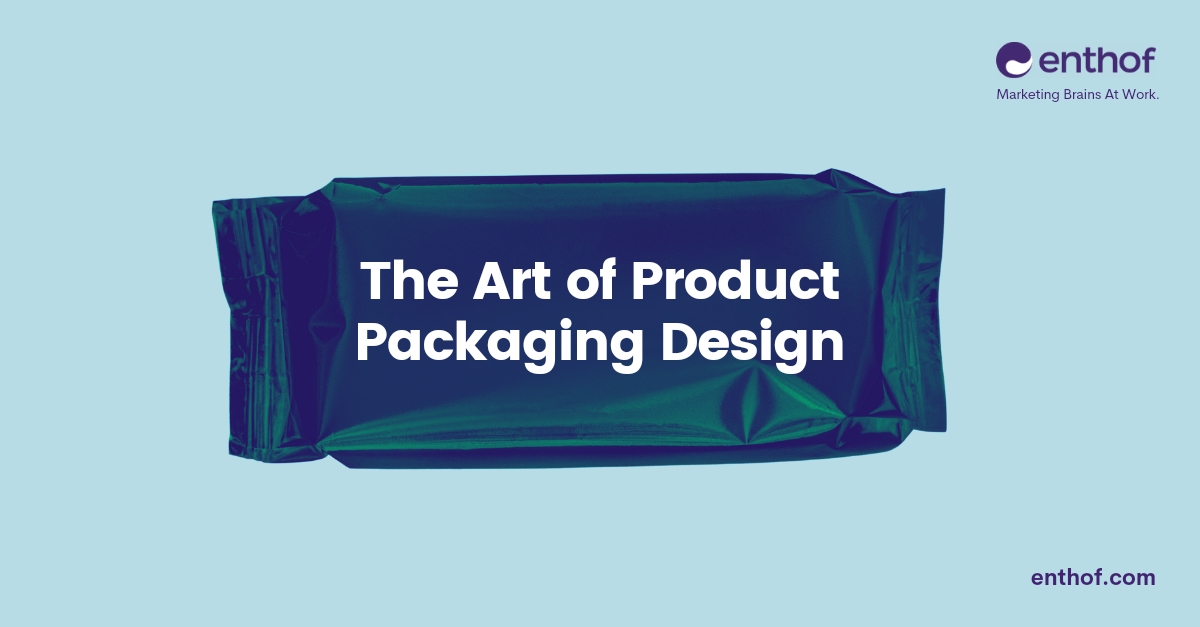Product Packaging Design for ecommerce impact or for shelf impact plays a critical role in enticing consumers, whether they shop online or in-store. Designing effective product packaging requires a balance between shelf visibility and ecommerce functionality. Brands must ensure that their product packaging not only stands out on retail shelves but also appeals to consumers browsing online shops. This dual approach can significantly boost sales and customer satisfaction.
To succeed, companies need to implement product packaging design principles that address both environments i.e. ecommerce and retail shelf. Considerations such as structural integrity, sustainability, and effective graphics are essential in creating product packaging that captures attention while remaining functional for shipping. This enables brands to connect with eco-conscious consumers and meet regulatory standards simultaneously.
Innovative solutions and testing are key components in refining product packaging strategies. By gathering consumer feedback and adapting to technological advances, brands can optimise their product packaging design for ecommerce impact and shelf impact i.e. both digital and physical marketplaces. A thoughtful approach to dual-impact product packaging ultimately drives product identification, brand loyalty and encourages repeat purchases.
Innovative Solutions and Testing ...
are key components in refining packaging strategies.
By gathering consumer feedback and adapting to technological advances, brands can optimise their product packaging design for ecommerce impact and shelf impact, i.e. both physical and digital marketplaces. A thoughtful approach to dual-impact packaging ultimately drives brand loyalty and encourages repeat purchases.
Key Takeaways
- Product packaging design should attract customers in both retail stores and enhance the online shopping experience.
- Sustainability and regulatory standards are vital for modern product packaging design.
- Consumer feedback is essential for refining product packaging strategies for dual environments.
Understanding Packaging in Retail and Ecommerce
Packaging plays a crucial role in influencing consumer choices, whether shopping in a store or online. Knowing the differences in shopper behaviour and the necessity for brand consistency can significantly enhance packaging effectiveness.
Differences in In-Store and Online Shopper Behaviour
In-store shoppers often make impulse purchases, relying on visual appeal and shelf presence. Attractive packaging that catches the eye can lead to quicker decisions. Features such as colour, texture, and unique shapes contribute to standing out among competitors on the shelf.
Conversely, online shoppers rely heavily on photographs and descriptions. They cannot physically interact with the product. Therefore, packaging must look good in images and provide clear information about size, materials, and benefits. Detailed, high-quality images from multiple angles can enhance the appeal.
Key Behaviours:
- In-store: Impulse buying, visual impact.
- Online: Image reliance, informational clarity.
Importance of Brand Consistency Across Platforms
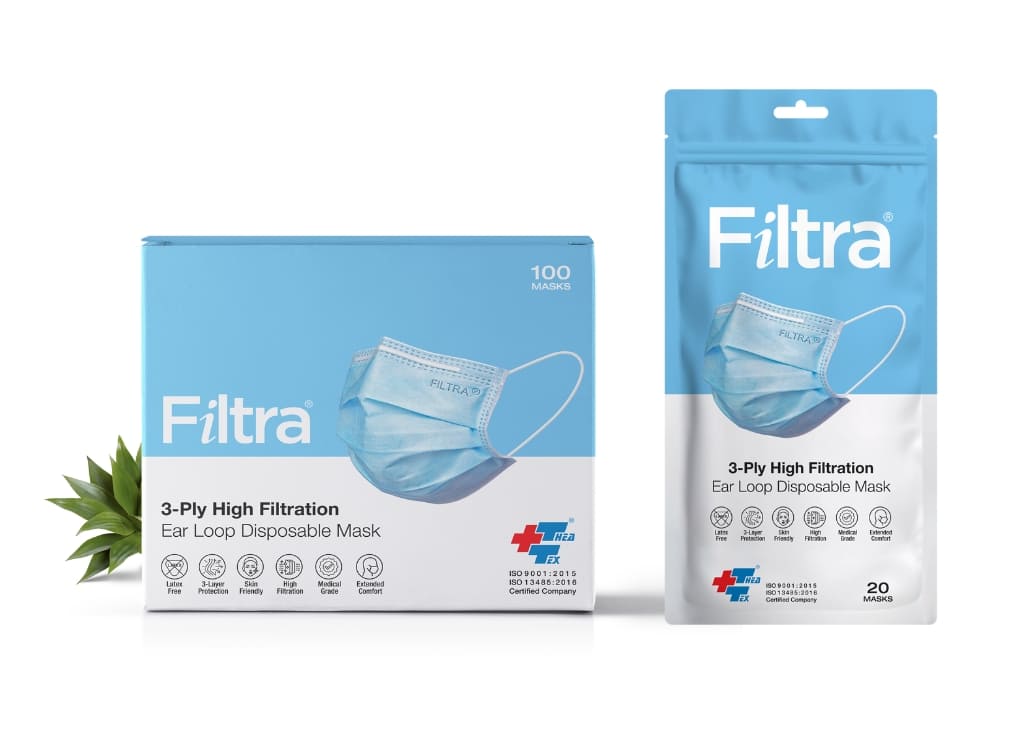
Brand consistency is essential for building consumer trust and recognition. Packaging design should reflect the same colours, logos, and themes whether displayed on a store shelf or an ecommerce site.
This consistency helps reinforce the brand’s identity, making it easier for consumers to recognise products across different platforms. When packaging aligns with online presentations, it creates a seamless shopping experience.
Strategies for Consistency:
- Use the same colour schemes and fonts.
- Ensure imagery reflects product features accurately.
Maintaining uniformity in packaging leads to greater consumer confidence and can enhance brand loyalty. Thus, effective packaging design must consider both retail and ecommerce environments to maximise its impact.
Product Packaging Design Principles for Dual Impact
Creating product packaging design that works effectively in both physical retail stores and ecommerce online shops requires careful consideration. Two key principles to focus on are visibility and recognition, as well as emotional and functional appeals. These elements help ensure the packaging attracts consumer attention and meets their needs in various shopping settings.
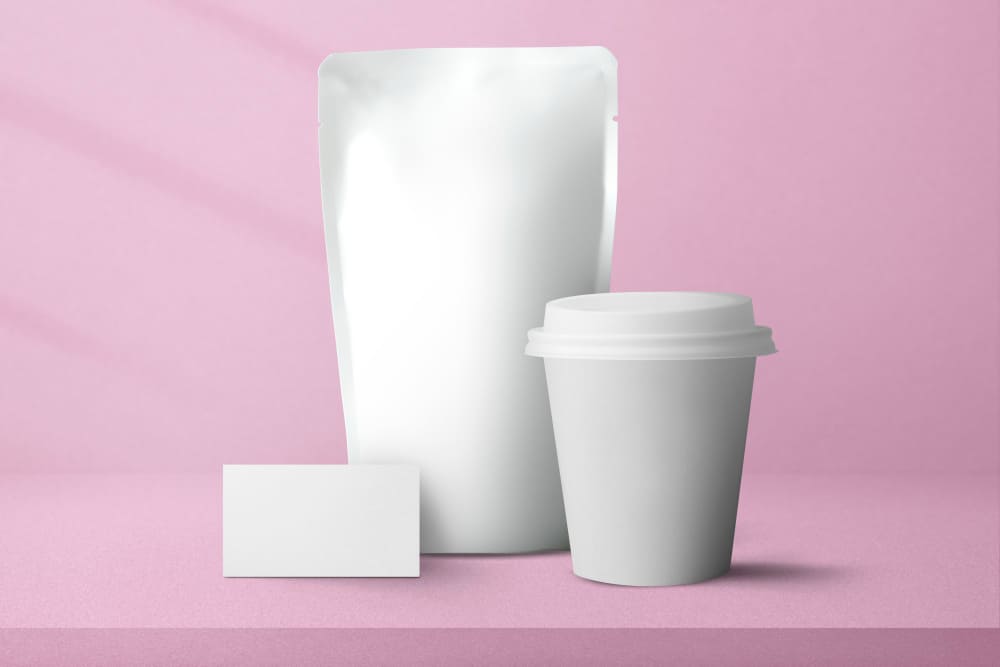
Visibility and Recognition for Product Packaging Design for Ecommerce Impact and Shelf Impact
Visibility is crucial for product packaging to stand out on crowded retail shelves and in online images. Clear branding through bold logos and colour choices can enhance recognition.
Using high contrast colours can help products catch the eye, especially against competing items. Text should be legible from a distance, ensuring essential information is easily seen.
In an online context, images must be clear and high-resolution to retain detail. For ecommerce, including dimensional information about the packaging can guide consumer expectations and reduce the risk of disappointment upon delivery.
Emotional and Functional Appeals
Product packaging design should evoke emotions while also serving its practical purpose. The packaging design must inspire trust and quality through material selection and finish. For example. a premium feel, achieved with textures or finishes like matte or gloss, can uniquely enhance emotional response. For instance, eco-friendly materials might appeal to consumers concerned about sustainability.
Functionality is equally important; easy-open product packaging designs or resealable features cater to consumer convenience. In ecommerce, ensuring that packaging protects the product during transit prevents damage and enhances customer satisfaction. This combination of emotional appeal and practicality can lead to stronger brand loyalty.
Structural Design Considerations for Product Packaging Design for Ecommerce Impact and Shelf Impact
When designing product packaging, both protection and the unboxing experience play critical roles. Effective structural design ensures that products arrive safely while also creating a memorable experience for the customer.
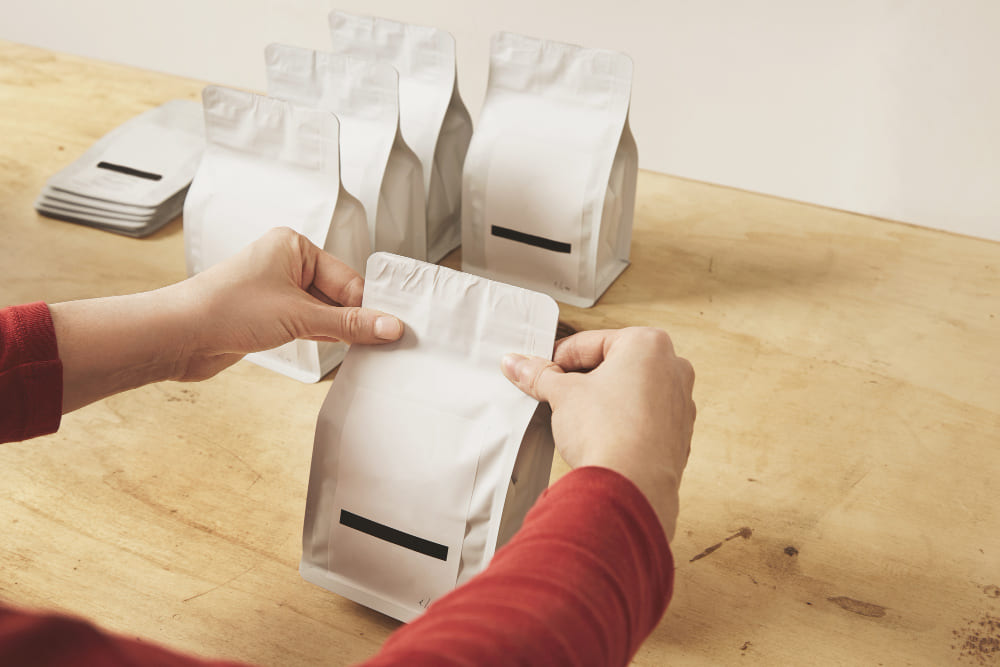
Protection and Durability
Protection is paramount in product packaging design. The structural integrity must withstand various distribution environments, including transport, handling, and shelves in physical stores.
Key factors include:
- Material Selection: Choosing robust materials like corrugated cardboard or plastics can help absorb shocks.
- Reinforcement: Adding extra layers or structural supports can enhance durability.
- Size: Ensuring optimal size reduces movement inside the package, limiting damage.
For ecommerce, durability is equally crucial. Packaging must endure the rigours of shipping, where product packages can be dropped or stacked. A well-designed product package prevents damage during transit, safeguarding the product and maintaining customer satisfaction.
Product Unboxing Experience
The unboxing experience of any product, significantly impacts customers’ perceptions of a brand. A well-thought-out product packing design not only excites but also ensures ease of access.
Important aspects to consider include:
- Ease of Opening: Product packaging should be simple to open yet secure enough to protect the contents.
- Aesthetics and Branding: The product packaging design should reflect the brand identity while being visually appealing.
- Additional Elements: Including small surprises, such as a thank-you note or a discount code, can enhance the experience.
A positive product unboxing experience can lead to repeat customers and increased word-of-mouth marketing. This factor becomes particularly relevant in ecommerce, where customers value the combination of functionality and delight.
Sustainability in Product Packaging Design for Ecommerce Impact and Shelf Impact
Sustainability in product packaging is crucial for reducing environmental impact while maintaining functionality. Two key aspects in this area are materials selection and life cycle assessment, which guide the development of eco-friendly packaging solutions.

Materials Selection
Choosing the right materials is fundamental to sustainable product packaging. Common eco-friendly options include recycled paper, biodegradable plastics, and sustainable forestry products. These materials not only lower carbon footprints but also often provide effective durability and protection for products.
Using materials that are easily recyclable helps in minimising waste. Brands are increasingly opting for innovative solutions such as plant-based plastics, which reduce reliance on fossil fuels. Brands like Apple and Samsung are aiming for Carbon-Zero. Furthermore, using less material—through designs that require less packaging material – also contributes to sustainability.
Choosing local materials for packaging can also significantly reduce transportation emissions. This practice supports local economies and enhances sustainability. Packaging designers must prioritise materials that are not only functional but also environmentally responsible.
Life Cycle Assessment
Life cycle assessment (LCA) is a systematic method for evaluating the environmental impacts of packaging throughout its entire life cycle. This includes raw material extraction, production, distribution, usage, and disposal.
LCA allows brands to identify stages where improvements can be made. For instance, it may highlight the need to reduce energy consumption during production or improve recycling rates post-consumption.
The insights gained from LCA are vital in informing design choices that balance functionality with environmental responsibility. By applying LCA, companies can make informed decisions that enhance sustainability without sacrificing packaging performance. This proactive approach ensures packaging contributes positively to environmental goals while meeting market demands.
Typography and Colour Use
Effective typography and colour choice are vital for packaging that stands out both online and in physical stores. They influence consumer perception and purchase decisions, making it crucial to understand their roles in different shopping contexts.
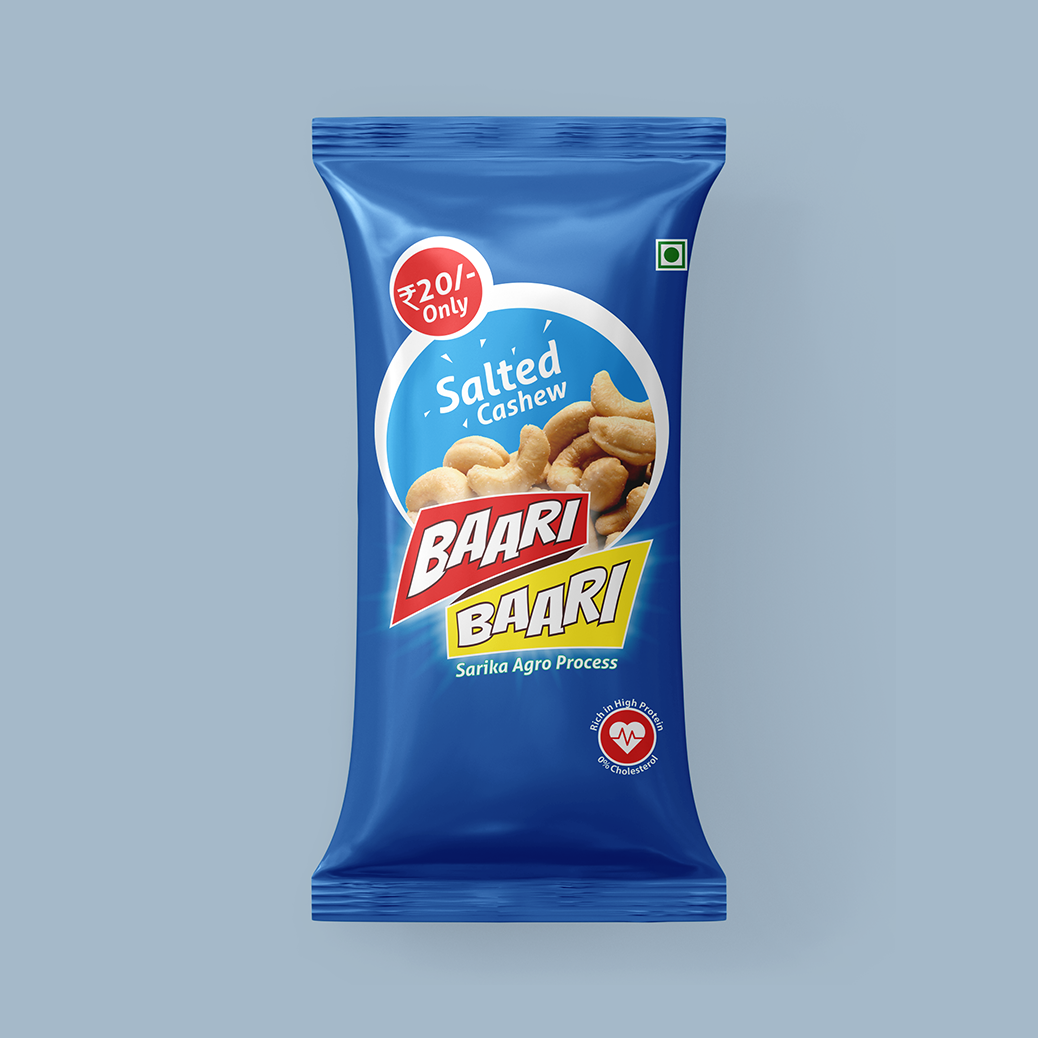
Readability Online vs In-Store
In-store packaging typically benefits from larger, bolder typography that stands out on shelves. Contrasting colours can grab attention quickly as shoppers make decisions in seconds. Text should be legible from a distance, ensuring important information is readily visible.
On the other hand, online environments require different considerations. Digital screens can distort colours and sizes. Therefore, typography must remain clear within thumbnails. Font sizes should be adjusted to ensure readability on various devices. For instance, primary product details should be at least 16 pixels, while secondary information can be smaller.
A consistent approach across both platforms helps maintain brand identity. Key details should remain easily accessible regardless of the context.
Colour Psychology and Consistency
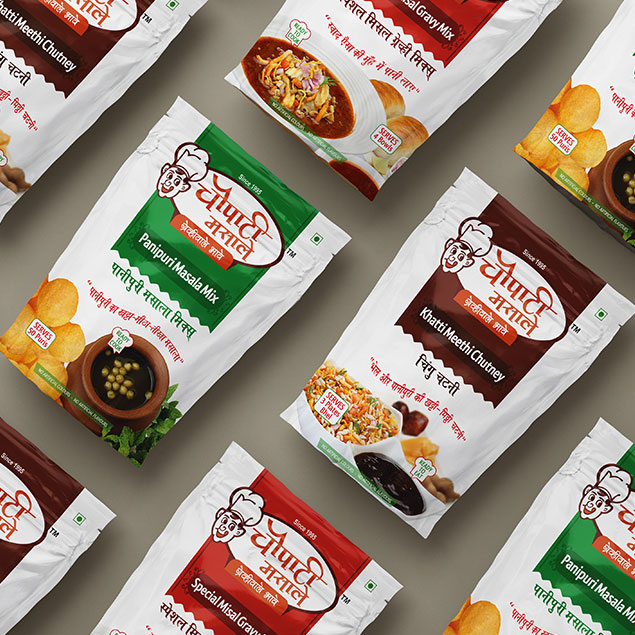
Colour plays a significant role in brand recognition and emotional response. For instance, blue often conveys trust, while green is associated with eco-friendliness. Understanding these associations helps in crafting packaging that resonates with target audiences.
Consistency in colour use across different platforms reinforces brand identity. Packaging must reflect the same colour palette used in online presentations for seamless recognition.
Both environments should use colours that evoke the desired feelings while ensuring compliance with eco-friendly initiatives. Sustainable materials can enhance the overall appeal by leveraging natural colour tones.
Employing strategic colour choices can significantly boost both shelf impact and online presence.
Graphics and Imagery
Effective graphics and imagery play a crucial role in packaging. They serve to attract attention, communicate the brand story, and create an emotional connection with consumers, both in physical stores and online.
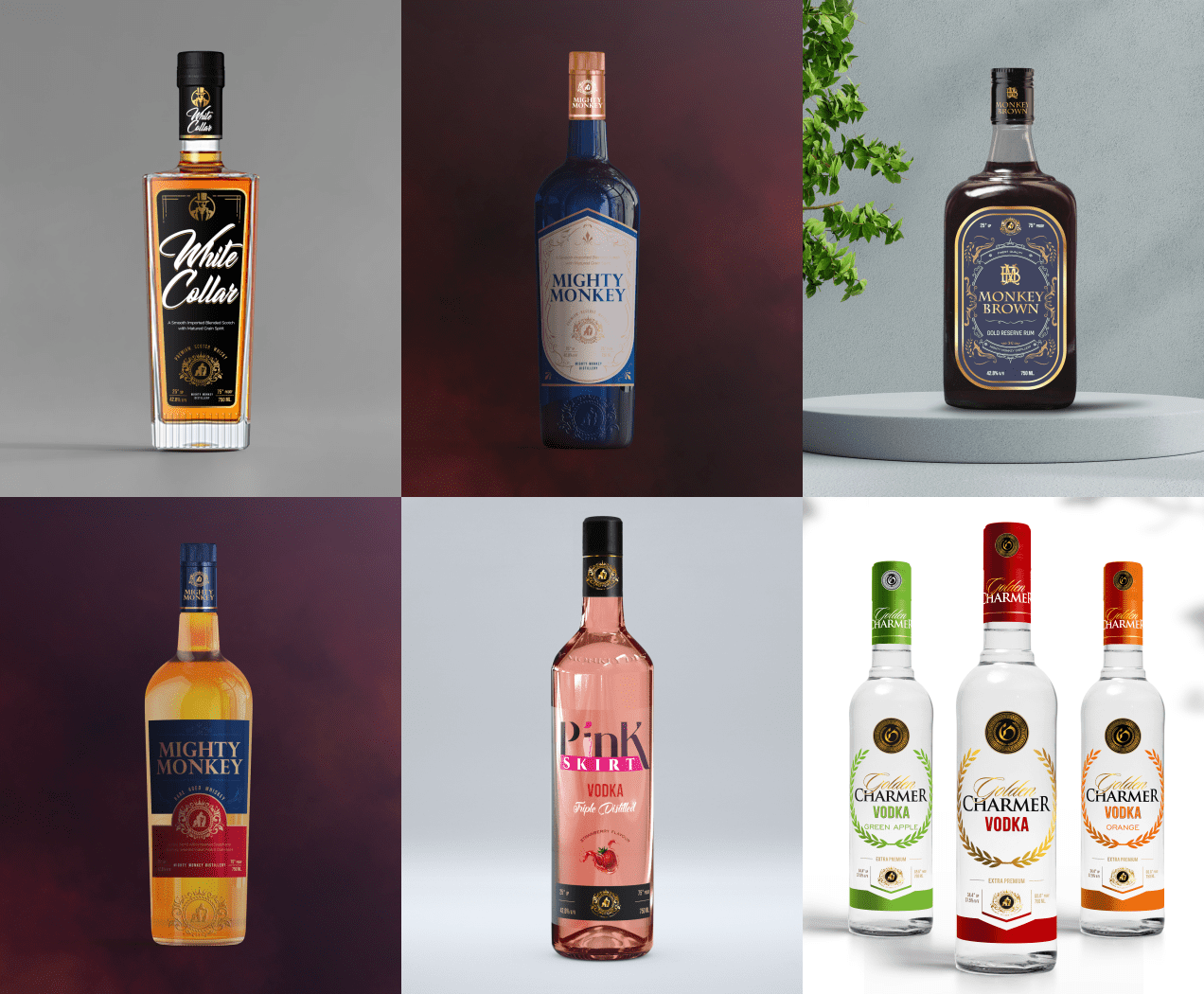
Packaging as a Visual Storyteller
Good packaging goes beyond just containing products; it can convey a narrative. High-quality graphics should reflect the brand’s values and resonate with the target audience.
Imagery should tell a story that aligns with the product’s purpose. For example, eco-friendly packaging might use earthy tones and natural imagery to highlight sustainability. This approach not only attracts customers but also helps them connect with the brand.
Using unique shapes and colours can differentiate products on the shelf. Consistency in graphic design across various platforms reinforces brand identity.
Adapting Imagery for Digital Interfaces
In the digital realm, the importance of imagery takes on a different dimension. Online consumers need clear, engaging images that accurately represent the product.
High-resolution visuals are key to portraying details that matter. For instance, a close-up of a product can enhance its perceived quality. Settings where products are used can also enhance appeal, influencing purchase decisions.
Digital packaging must also consider adaptability. This means designing images that look good on mobile devices as well as desktops. Optimising graphics for different screen sizes can ensure that the product stands out in crowded online marketplaces.
Overall, the approach to graphics in ecommerce should create a seamless brand experience that mirrors physical store impact.
Adapting to Technological Advances
Technological advancements require packaging designs to evolve for maximum efficiency in various environments. Innovations like Augmented Reality (AR) and the rise of mobile commerce have significantly impacted how packaging is perceived and utilised.
Augmented Reality (AR) in Packaging
AR technology is reshaping interaction with packaging. This innovation allows brands to create engaging digital experiences. Consumers can use their smartphones to scan packaging, revealing additional information, games, or promotional content.
Benefits of AR in Packaging:
- Enhanced Consumer Engagement: AR captures attention by bridging the gap between physical and digital experiences.
- Information Accessibility: Customers receive vital information such as product usage, ingredients, and sustainability practices in an interactive format.
Brands that adopt AR can differentiate their products on the shelf or online. This not only improves customer experience but can also lead to increased sales, as engaged consumers are likelier to make purchases.
Impact of Mobile Commerce
Mobile commerce continues to grow rapidly, affecting packaging design strategies. More consumers are using their mobile devices to shop online. Therefore, packaging must be designed with this in mind.
Key Considerations:
- Clarity and Visual Appeal: Packaging must stand out on small screens. Clear and bold designs attract attention.
- Functionality: Easy-to-open packaging is essential for consumers who want convenience when unboxing their online purchases.
Brands must ensure their packaging meets the demands of mobile shoppers. By focusing on functionality and aesthetics, they can improve the customer experience and support sales growth in the digital marketplace.
Testing and Consumer Feedback
Testing packaging designs and gathering consumer feedback are vital steps in ensuring effectiveness both on shelves and online. These processes help brands refine their approaches and create packaging that truly meets consumer needs.
A/B Testing Methods
A/B testing is a key technique for evaluating packaging options. In this method, two or more versions of a package are created to compare their performance.
Participants are shown different designs in controlled settings or online platforms. Metrics such as purchase intention, appeal, and clarity are analysed.
For instance, the colour scheme or typography may be altered to see which version attracts more attention. The results can guide final design decisions based on real customer reactions.
This method not only improves packaging aesthetics but can also enhance functionality, ensuring products stand out on shelves and in digital marketplaces.
Gathering and Utilising Shopper Insights
Gathering shopper insights involves collecting data on consumer preferences and behaviours. This can be done through surveys, interviews, and observational studies.
Asking customers about their packaging experiences can reveal insights into functionality, ease of use, and overall appeal.
Tools like social media and analytics can also provide valuable data on consumer sentiment. Brands must analyse this information critically to identify trends and preferences.
Utilising these insights effectively can lead to packaging that resonates with consumers. Adaptations based on feedback can enhance both the shelf impact and online shopping experience, resulting in better sales performance.
Legal and Regulatory Considerations
Packaging design must navigate various legal and regulatory frameworks. This includes ensuring compliance with labelling requirements and protecting intellectual property rights. Understanding these aspects is essential for businesses aiming to succeed both in physical stores and online environments.
Labelling Requirements
Labelling is critical for both physical and online sales. Products must display accurate information to meet legal standards. This typically includes:
- Product Name: Clearly listed and easy to understand.
- Ingredients: A detailed list of components, including allergens.
- Nutritional Information: Often required for food items, detailing calories, fats, sugars, and other nutrients.
- Country of Origin: Specifies where the product is made.
Regulatory agencies, such as the Food Standards Agency in the UK, enforce these requirements. Failure to comply can lead to fines or product recalls. For online sales, the labels must be clear in images and descriptions, ensuring customers have all necessary details before purchase. Correct labelling builds consumer trust and reduces the likelihood of disputes.
Intellectual Property in Design
Intellectual property (IP) is vital for protecting a brand’s packaging design. Different types of IP protections are available, including:
- Trademarks: Protect logos and brand names, ensuring they are distinct and recognisable.
- Copyrights: Safeguard original designs and artwork associated with packaging.
- Design Patents: Offer protection for the unique appearance of packaging.
These protections prevent imitation by competitors and help maintain market position. Companies must conduct thorough searches to ensure their designs do not infringe on existing IP. Additionally, registering IP is crucial for legal recourse if infringement occurs. Understanding these elements facilitates successful packaging strategies that stand out in both retail and digital formats.
Case Studies: Successful Product Packaging Design for Ecommerce Impact and Shelf Impact
This section explores real-world examples of product packaging product packaging design for ecommerce impact and shelf impact. The focus is on leading brands that have excelled in creating packaging that resonates with consumers, regardless of the shopping channel.
Analyses of Market Leaders
Major brands like Coca-Cola and Unilever have pioneered dual-impact packaging strategies. Coca-Cola’s sustainable packaging uses clear branding and easily recognisable designs, enhancing visibility on shelves and online platforms. Their cans and bottles are lightweight yet sturdy, reducing transportation costs and environmental impact.
Unilever has adopted similar measures by creating flexible packaging for their personal care products. This packaging not only looks appealing on shelves but also optimises space for shipping. Their innovations, such as resealable pouches, ensure convenience for online shoppers while maintaining shelf presence.

Adaptation Strategies and Results
Both companies employ various strategies to enhance their packaging’s impact. For Coca-Cola, the introduction of vibrant colours and promotional themes aligns with seasonal marketing, capturing consumer attention. The brand has also focused on using recyclable materials, appealing to eco-conscious shoppers.
Unilever, on the other hand, has integrated consumer feedback into their design process. By conducting surveys and using focus groups, they tailor packaging to meet the needs of both retail and ecommerce customers. These strategies have led to increased sales, greater brand loyalty, and positive reviews concerning their packaging efforts.
Future Trends in Packaging for Retail and Ecommerce
Packaging is evolving rapidly to meet the needs of both physical stores and online shopping. Key trends are emerging that will shape the future.
Sustainability remains a dominant focus. Brands are opting for eco-friendly materials to appeal to environmentally conscious consumers. This shift includes using biodegradable products and reducing plastic.
Automation is increasingly important in packaging. Automated systems improve efficiency and accuracy in fulfilment centres. They help to meet consumer demand for faster delivery times.
Smart packaging is also on the rise. Packaging with integrated technology, such as QR codes and NFC chips, enhances engagement. This allows consumers to interact with products and access additional information.
Minimalistic design is gaining traction. Clean, simple packaging attracts attention on shelves and online. This trend reduces clutter and makes products easier to identify.
Personalisation is becoming more common in packaging strategies. Customised packaging can create a unique customer experience. This approach strengthens brand loyalty.
Omni-channel packaging solutions are essential. Products must be designed for both in-store visibility and online appeal. This dual approach ensures consistency across shopping experiences.
Organisations must stay informed about these trends. Adapting packaging strategies will be crucial for success in the evolving retail and ecommerce landscape.
Frequently Asked Questions
Product packaging plays a vital role in influencing consumer behaviour and brand perception in both retail and ecommerce. Understanding the nuances of packaging for each channel can help in optimising design for visibility, sustainability, and overall user experience.
